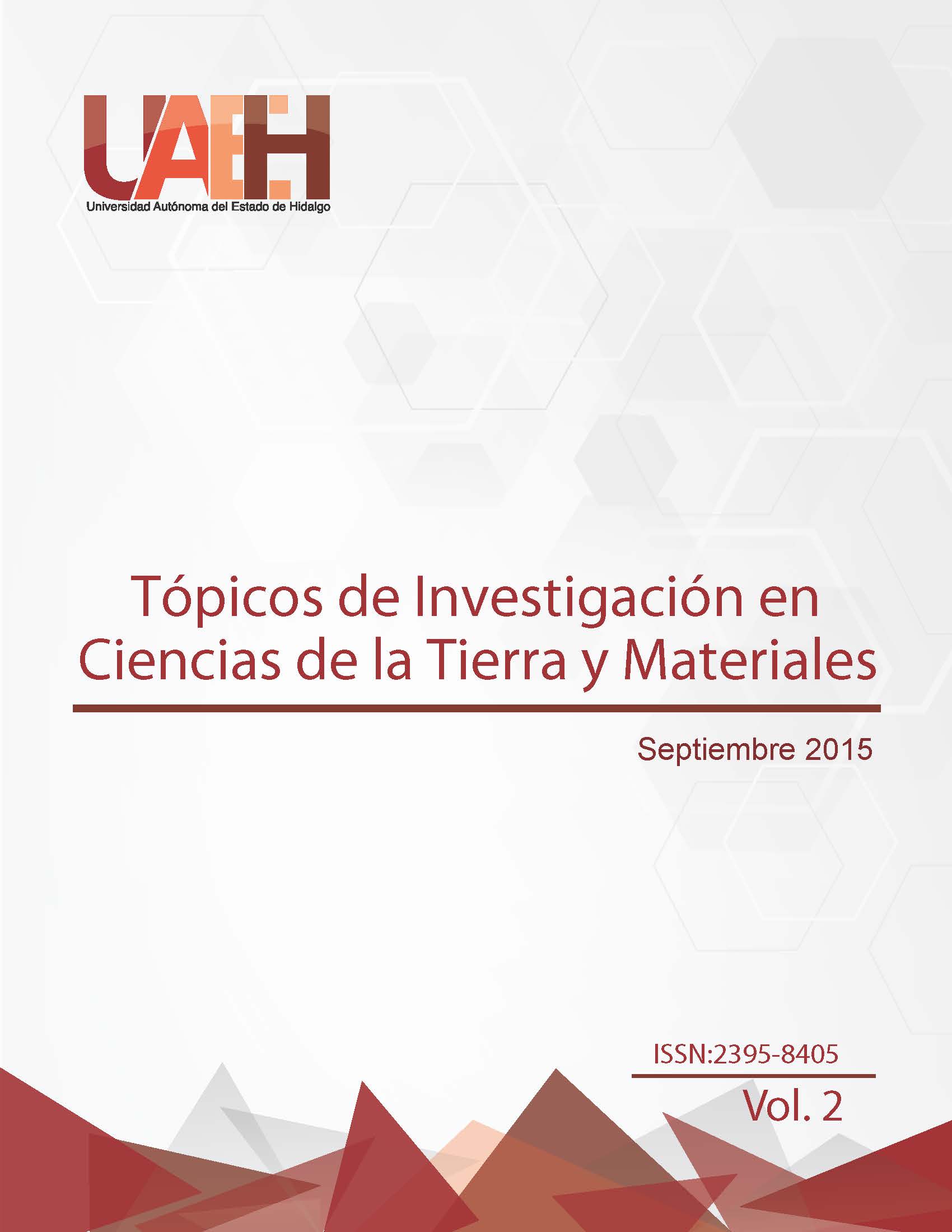Estudio del dopaje y caracterización de hexaferrita de estroncio con Gd+3 obtenida mediante mecanosíntesis
DOI:
https://doi.org/10.29057/aactm.v2i2.9710Palabras clave:
Hexaferritas dopadas con Gd, SrFe12O19 dopada, Alta coercitividad, Molienda de alta energía, Propiedades magnéticasResumen
En este trabajo se evalúan las propiedades magnéticas y la estructura cristalina de la hexaferrita de estroncio (tipo M) dopada con Gd³⁺. Siguiendo la fórmula GdₓSr₁₋ₓFe₁₂O₁₉ (donde x=0, 0.1, 0.2, 0.3 y 0.4), se sintetizó una serie de hexaferritas mediante molienda de alta energía, empleando mezclas estequiométricas de Fe₂O₃, SrCO₃ y Gd₂O₃ durante 5 h y posterior tratamiento térmico a 850 °C. Los resultados de DRX y refinamiento Rietveld revelaron la presencia de una fase prioritaria de tipo hexagonal, y al incrementar el nivel de dopaje se incrementa la cantidad de hematita (Fe₂O₃), debido a que Gd³⁺ ocupa posiciones de Sr²⁺, lo que promueve la formación de vacancias para mantener la electroneutralidad, disminuyendo la cantidad de hematita necesaria para la reacción. La coercitividad incrementa notablemente hasta 7 kOe, para niveles de sustitución (x) de 0.4 mol de Gd, los cuales son valores no reportados por otros métodos. La magnetización oscila entre 40 y 60 emu/g, lo cual depende directamente de la proporción de hematita sin reaccionar, como consecuencia de la temperatura y del incremento de anisotropía magnética provocada por el nivel de dopaje.
Descargas
Información de Publicación
Perfiles de revisores N/D
Declaraciones del autor
Indexado en
- Sociedad académica
- N/D
Citas
2. SHARMA, P. ROCHA, R.A. MEDEIROS, S.N. PAESANO JR, A. Structural and magnetic studies on barium hexaferrite prepared by mechanical alloying an conventional route. J. Alloys Compd. 443, 2007, pp. 37-42.
3. DANG, T.M.H. TRINH V.D. BUI, D.H. PHAN, M.H. HUYNH, D.C. Sol-gel hydrothermal synthesis of strontium hexaferrite and the relation between their crystal structure and high coercivity properties. Adv. Nat. Sci.: Nanosci. Nanotechnol. Vol. 3, 2012, pp. 025015-025021.
4. JEAN, M. NACHBAUR, V. BRAN, J. LE BRETON, J-M. Synthesis and characterization of SrFe12O19 powder obtained by hydrothermal process, J. Alloys Comp. Vol. 496, 1, 2010, pp. 306-312.
5. SÁNCHEZ-DE JESÚS, F. BOLARÍN-MIRÓ, A.M. CORTÉS-ESCOBEDO, C.A. VALENZUELA, R. AMMAR, S. Mechanosynthesis, crystal structure and magnetic characterization of M-type SrFe12O19. Ceramics International. Vol. 40, 2014, pp. 4033–4038.
6. LUO, J. H. Preparation of Strontium Ferrite Powders by Mechanochemical Process. Applied Mechanics and Materials. Vol. 110, 2012, pp. 1736-1740. 7. BOLARÍN-MIRÓ, A.M. SÁNCHEZ-DE JESÚS, F. CORTÉS-ESCOBEDO, C.A. DÍAZ-DE LA TORRE, S. VALENZUELA, R. Synthesis of M-type SrFe12O19 by mechanosynthesis assisted by spark plasma sinteringJournal of Alloys and Compounds 643 (2015) 226–230.
8. SORT, J. NOGUÉS, J. SURIÑACH, S. MUÑOZ, J.S. BARO, M.D. Coercivity enhancement in ball-milled and heat-treated Sr ferrite with iron sulphide. J. Metastable Nanocrystalline Mat. Vol 15, 2003, pp. 599-604.
9. JACOBO, S.E. BERCOFF, P.G. Coercivity enhancement of hexagonal ferrites. Solid State Phenomena, Trans Tech Publ, 2013, pp. 113-125.
10. NARANG, S.B. SINGH, A. SINGH, K. High frecuency dielectric behavior of rare earth substituted Sr-M hexaferrita. Journal of Ceramic Processing Research, Vol. 8, 5, 2007, pp.347-351.
11. TADIC, M. CITAKOVIC, N. PANJAN, M. STANOJEVIC, B. MARCOVIC, D. JOVANOVIC, D. SPASOJEVIC, V. Spasojevic, Synthesis, morphology and microstructure of pomegranate-like hematite (α-Fe2O3) superstructure with high coercivity, J. Alloys Comp. Vol. 543, 5, 2012, pp. 118-124.


















